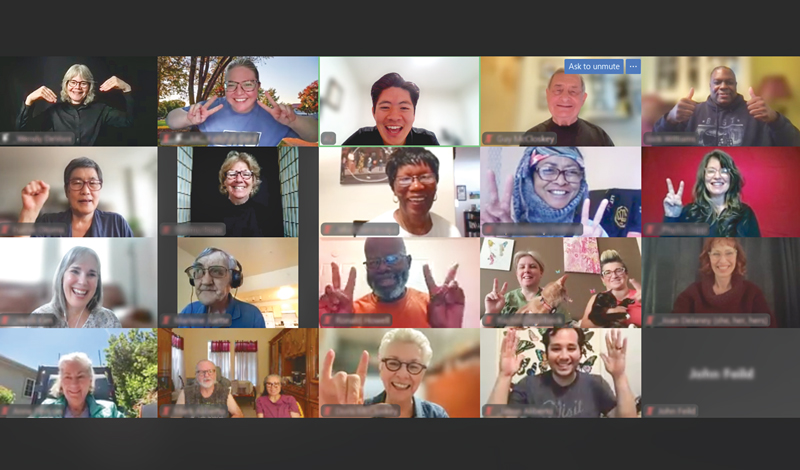Since 2020, the SGI-USA has hosted quarterly American Sign Language (ASL) study meetings for members in the deaf and hard-of-hearing communities and their family and friends interested in learning about Buddhism.
The World Tribune met with two SGI-USA members who help coordinate these activities, Katy Saini, of Centreville, Virginia, who is deaf, and Jason Aliberto, of Shoreline, Washington, who has been hard-of-hearing since birth, to learn about their efforts to advance kosen-rufu through ASL.
World Tribune: Thank you for meeting with us. What is the origin of ASL activities in SGI-USA?
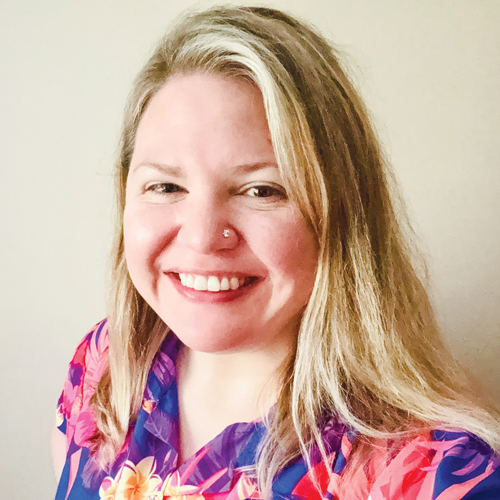
Katy Saini: Our ASL activities really started through the conferences at the SGI-USA Florida Nature and Culture Center. Many of us deaf and hard-of-hearing members wanted to attend, but we needed ASL interpreters. SGI-USA responded to this request, and at my first conference in 2008, there were four ASL interpreters supporting!
Although we had to pause our activities during the pandemic, it also accelerated its development. Many of our deaf and hard-of-hearing members were struggling with loneliness, but they weren’t able to express it to others. So we asked ourselves, “How can we help these members build confidence through their Buddhist practice?”

Jason Aliberto: A few months into the pandemic, a group of us got together. The local activities now held on Zoom weren’t so accessible for deaf and hard-of-hearing members, so we wanted to plan Zoom activities specifically for them. Other leaders around the country, too, wanted to know how they could support. That’s when our nationwide Zoom ASL study meetings started.
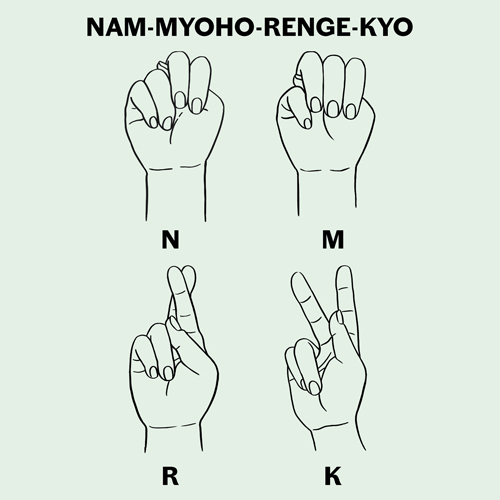
WT: What have been some developments since then?
Jason: In general, sign is colloquial, so everyday phrases can vary from place to place. And there are new signers and some deaf people who don’t use sign language. So we’ve made efforts to create standardized sign for Buddhist terms to convey the same heart and idea to everyone.
We’ve established a committee and meet to look at the Soka Gakkai Dictionary of Buddhism and explore the meanings of words in both English and Japanese to capture it in sign. Sometimes we’ll meet multiple times to create ideas for one sign.
Katy: For example, we met all night to discuss the word bodhisattva and how to communicate it. Everyone had ideas, but we wanted to simplify it for conversational use. We all agreed that bodhisattvas are “Buddhist helpers,” so we set on the signs for Buddhist and helper to communicate bodhisattva.
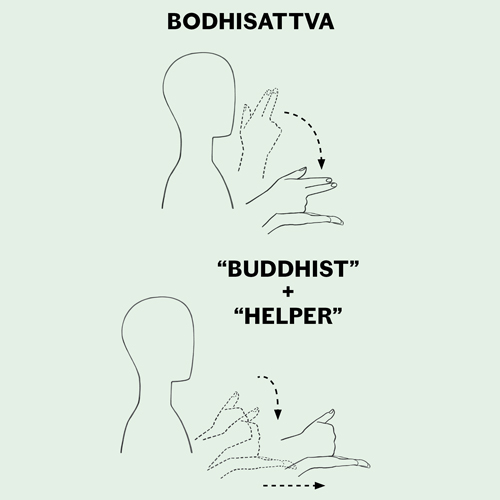
So far, we’ve come up with sign for 13 concepts, which we’ve made an explanation video of to show at our meetings. Of course, there are many more, but this is the start.
In addition to the development of signs, we’ve expanded our activities to holding ASL study meetings at the national level. This creates opportunities for more participation, where members from all over the U.S. and Guam have joined.
WT: What are the impacts of these efforts, and what’s next?
Katy: One long-time member in Florida, who is deaf and blind, always joins. By facing her anger through prayer, she has transformed her family. Another member struggled with his mother, who suffers from dementia and started to forget who he was. He also changed his dynamic with her through prayer. With these experiences, we are challenging ourselves to engage in dialogue to share Buddhism with others.
Jason: Our goal is to break down barriers for as many people as possible to access this incredible philosophy and community. We’re determined to continue expanding, to have ASL interpreters across the country to support our members and to hold a sign language conference at the FNCC as its own language group!
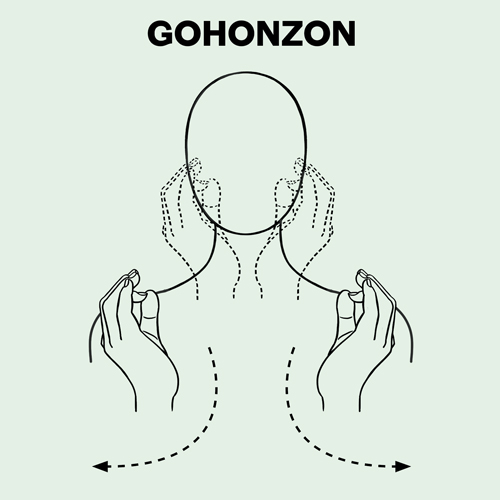
Watch the ASL explanation video here.
June 21, 2024, World Tribune, p. 10
You are reading {{ meterCount }} of {{ meterMax }} free premium articles

